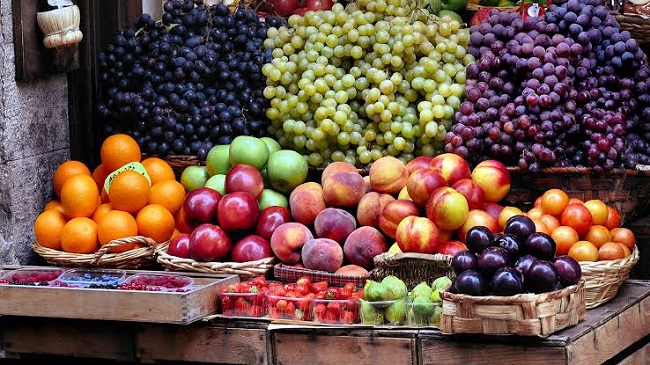Sharing a meal is one basic need of humans but for too many the question “what’s for lunch” doesn’t have an easy answer. Food insecurity is the uncertainty of having enough food to eat daily and farmers in doubt of having sufficient food from harvest of most farming seasons.

Famine is an extreme form of food insecurity, flooding and drought add to the woes of farmers making them vulnerable to losing their source of food and income in a flash. Conflict leads to forced migration, thereby reducing the amount of food grown.
Most poor farmers are not landlord of their farm lands which translates to the risk of losing it once the owners want to develop or industries are to be established. International trade rules can cripple local farmers and entrepreneurs too by putting them out of work. A research by the World Food Programme says than 1.9-2 billion people in the world are food insecure. Food insecurity can come in the form of not having money to buy nourishing food. Food insecurity does impact all of us negatively, but it is particularly crushing to children.
Nourishing food is critical to a child’s physical, mental, and emotional development. Not having access to food brings about the feeling of shame, alienation and inequality. Nearly 50 million people are impacted by food insecurity daily. Every night hundreds of millions of people are forced to go to bed hungry, around the world one in nine people can’t get enough food to live a healthy and productive life, that’s one staggering number of hungry and food insecure people. Fact is that number is enough to form the third most populous country on Earth.
Millions of people are malnourished, one-third of the world’s population struggles with malnutrition, hunger affects girls and women the most, 60 per cent of those who live in hunger are female. Some women are so deficient of nutrients that over three hundred thousand die from child birth each year. Systemic waste is one cause of food insecurity, consumers in industrialised societies are said to waste almost as much food as the entire net food production of sub-Saharan Africa, costing $750 billion per year which is more than five times what the world’s richest countries spend on aid in 2014.
According to SDGPlus, globally 1.9 billion people are moderately or severely affected by food insecurity, and by 2050 we need to increase agricultural production by seventy per cent to feed the global population.
Lack of food is not the main problem however, the world produces enough food to feed every woman, man and child the setback is availability, access, stability and utilisation, which are the four pillars of food security. Availability includes factors such as crop production and water use, worldwide agriculture however withdraws seventy per cent of global freshwater for its production. Various studies have shown that food insecurity is an upshot of poverty and income inequality. Stability has to do with ensuring constant supply of food to every household.
Some 1.3 billion tonnes of food are lost or wasted globally, an amount enough to feed 1.9 billion people affected by food insecurity. The vicious circle of malnutrition makes mothers with poor nutrition give birth to weak babies who will be more susceptible to diseases, such children find it hard to concentrate in school, leading to fewer opportunities in the job market and then having very little income. If this becomes a mass phenomenon, the entire economy will be impacted, and malnutrition further increases.
The year 2009 birthed a new narrative around an impending global food crisis, the question has been “how do we feed nine billion people or more by 2050”. This narrative started to evolve after the skyrocketed global food crisis in 2008.
Replacing the old narrative with the new and framing our answers around that narrative will help us avoid the devastating calamity of world hunger, malnutrition and inequality. We could have a tipping point in food and agriculture if surging demand surpasses the agricultural system’s structural capacity to produce food. This means that at that point supply can no longer keep up with demand despite exploding prices unless we commit to structural change.
It is therefore important to promote local agriculture, farmers and in particular women need access to fertile land, water, improved seeds, stable markets, education and also accessible loans. The government needs to invest in sustainable water management, roads, schools, sanitary installation and a functioning and well supervised financial system.
People should become attracted to live in suburbs and peripheral towns, hence moving abroad will not seem like the only way out of poverty and food insecurity. People need to have an enabling environment to be free from hunger and malnutrition.
The government must redraw the contours of food policies to help serve the next meal on the dining table of millions of families.
By Halima Imam, Founder (Climate Action Team), Axk4lima@gmail.com
